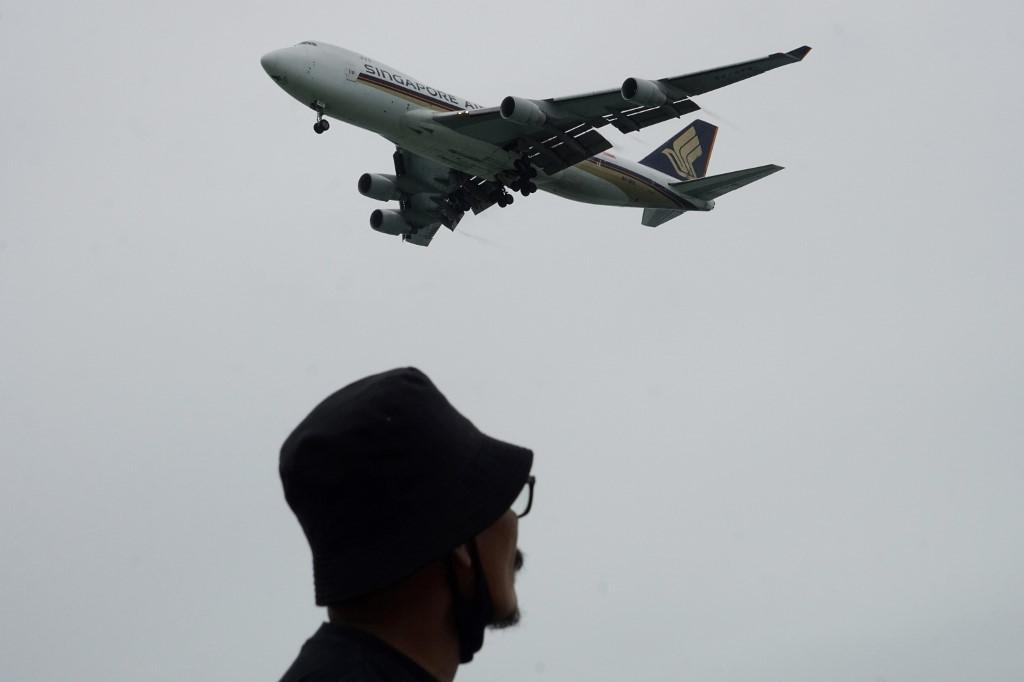Singapore Airlines aims for Southeast Asian dominance as rivals lick wounds
Thai Airways, Garuda, Malaysia Airlines, and Philippine Airlines are all undergoing or are just about to launch major restructuring.
Just In
Singapore Airlines (SIA), flush with US$16 billion raised since the start of the pandemic, is in a position of dominance among its Southeast Asian rivals as they downsize and restructure.
The Covid-19 crisis threatened the survival of hub carriers that lack domestic markets such as SIA, Hong Kong’s Cathay Pacific Airways and Dubai’s Emirates, Reuters is reporting.
Indeed, Prime Minister Lee Hsien Loong last year said the government would “spare no effort” to ensure SIA made it through the pandemic.
The carrier’s majority shareholder, government-owned investment arm Temasek Holdings underwrote one of the world’s biggest airline rescue packages.
SIA now has enough funds to keep going for at least two more years without cuts, and is modernising its fleet to save fuel, reduce maintenance costs and meet environmental goals while other airlines shed aircraft.
Many of SIA’s rivals are trimming fleets to a level that could ultimately weaken their hubs and send more connecting traffic to Singapore.
“The crisis shows the importance of having a cash-rich state investor as its main backer,” said a banker, who spoke anonymously.
SIA’s cash hoard is the envy of rivals like Thai Airways and Garuda Indonesia, which have received little government support while SIA, which was serving meals on grounded aircraft kitted out as posh restaurants at the height of the crisis, is improving its fleet and bolstering its budget carrier, Scoot.
In Europe and North America, leisure travel has led a recovery which, if that holds true in Asia, budget carriers will be crucial for airlines. This bodes well for Scoot.
Having culled older planes and cut 20% of staff last year, SIA is under less immediate pressure for more downsizing.
CEO Goh Choon Phong in May described last year’s job cuts as a “very painful process” and said that there were no plans for more.
However, analysts say it could take 12 to 18 months for widespread travel to resume in Asia.
“Some airlines can survive for two or three years without making any money,” Capa Centre for Aviation chairman Peter Harbison said. “But at a certain stage you have to say: ‘Is it really worth it? Shouldn’t we take tough steps?'”
With travel in a holding pattern and rivals distracted by financial issues, Scoot has been using some of SIA’s cash to boost staff training and invest in new software that helps it calculate more profitable fares for connecting flights.
“There has been a lot of investment, which is certainly geared toward a future recovery,” Scoot CEO Campbell Wilson said. “Those investments I hope will pay off as time passes.”
Thai Airways lost significant market share to budget rivals in the decade before the pandemic, contributing to years of losses, and has yet to formulate a fresh low-cost strategy as part of a restructuring involving US$12.9 billion of debt.
Garuda, Malaysia Airlines and Philippine Airlines are in similar positions, either having completed or just about to launch major restructuring. They lost money for years before the pandemic.
“Presumably, in shedding their liabilities they will create some unhappy people who were owed money that was never paid,” Wilson said. “The extent to which that subsequently constrains them, time will tell.”
Subscribe to our newsletter
To be updated with all the latest news and analyses daily.
Related Articles
Most Read
No articles found.
